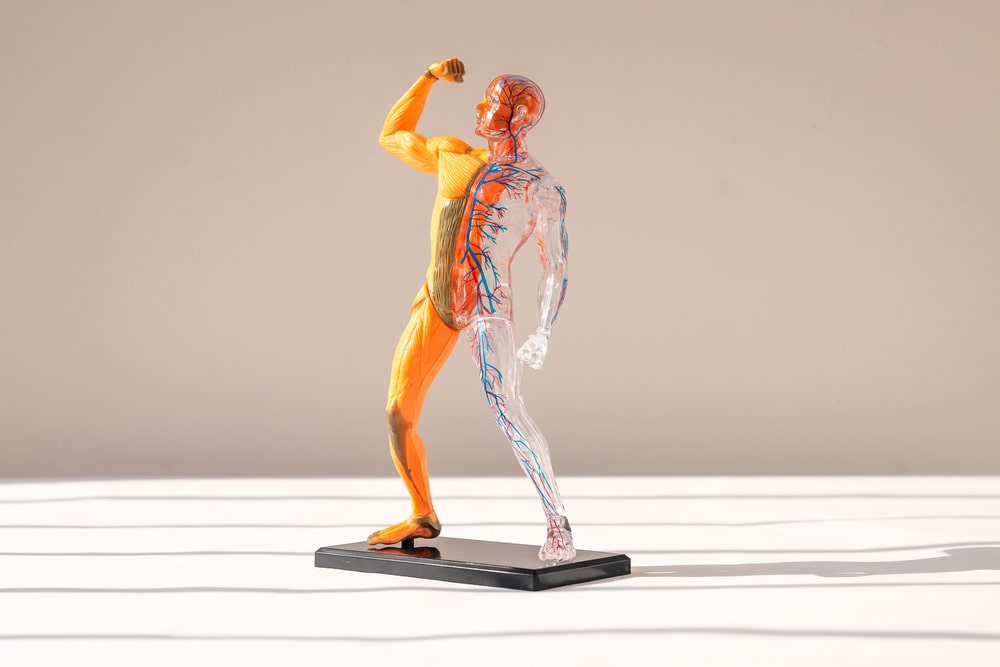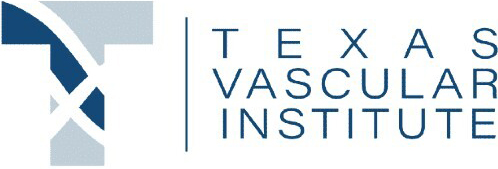May-Thurner syndrome is a rare and potentially serious venous condition. It doesn’t usually have symptoms but could increase your risk of suffering a deep vein thrombosis (DVT) in your left leg. As a leading vein care specialist, Dev Batra, MD, is trained to identify and treat May-Thurner syndrome to protect your health. Contact Texas Vascular Institute online or call the offices located in Dallas or Hurst, Texas, to book your first appointment.

May Thurner Q & A
What is May-Thurner syndrome?
Arteries move oxygen-rich blood to your body from your heart. Your tissues use oxygen, and veins carry the oxygen-poor blood back to your heart. Arteries and veins cross each other all over your body without problems, but if you have May-Thurner syndrome, it puts too much pressure on one vein leaving your leg.
May-Thurner syndrome occurs when your right iliac artery presses against your left iliac vein in your pelvis. The right iliac artery sends blood to your right leg, while the left iliac vein takes blood from your left leg.
May-Thurner syndrome could increase your risk of deep vein thrombosis (DVT) in your left leg. That’s because your artery squeezes your vein and restricts blood flow back to your heart.
Iliac vein compression syndrome and Cockett’s syndrome are other names for May-Thurner syndrome.
What are the symptoms of May-Thurner syndrome?
May-Thurner syndrome can cause leg pain or swelling, but symptoms are rare. Most people don’t know they have the condition until they develop DVT.
DVT with May-Thurner syndrome causes noticeable symptoms in your left leg, like:
- Cramping pain
- Changes in skin color
- Enlarged or visible veins
- Heaviness
- Tenderness
- Throbbing
- Swelling
- Warmth
On their own, DVTs aren’t life-threatening. However, there’s a risk that the clot could break off and travel to your lungs, causing a pulmonary embolism (PE). PEs are life-threatening and require immediate medical care.
Do I need treatment for May-Thurner syndrome?
Although the right iliac artery and the left iliac vein naturally cross over each other in your pelvis, not everyone has May-Thurner syndrome. It’s a relatively rare venous condition, unrelated to genetics, and develops randomly.
If you are diagnosed with May-Thurner syndrome, the team at Texas Vascular Institute develops a treatment plan for you that addresses any existing clots and reduces your risk of developing more.
A common treatment for May-Thurner syndrome is angioplasty and a stent. This procedure expands your left iliac vein and holds it open to keep blood flowing normally. Other treatments may include blood-thinning medication, compression socks, or other venous surgeries.
Learn to recognize the signs of May-Thurner syndrome and DVT, so you can get the care you need. Book a consultation at Texas Vascular Institute online or by phone to get started.

WHAT OUR PATIENTS
have to say
Texas Vascular Institute always appreciates feedback from our valued patients. To date, we’re thrilled to have collected 378 reviews with an average rating of 5 out of 5 stars. Please read what others are saying about Texas Vascular Institute below, and as always, we would love to collect your feedback.
Leave a Review
Amazing Practice
I'm very particular with my Healthcare and tend to be cautious with referrals to specialists. This office is amazing from the first point of contact. Their staff are friendly, professional and highly knowledgeable. Then the Dr is just as amazing as his staff, absolutely brilliant. Office manager Jessica has this office running like a well oiled machine and does so with a smile, an air of confidence, kindness and professionalism. Love this practice!!
- Richard G.

Beyond Thankful
Dr Batra and his staff are amazing! We are so grateful to have found him. Everyone is so kind and so caring and Dr Batra explains everything so well and does procedures with excellence. Beyond thankful to be under their care!!!
- Bitsy P.

Gold Standard
This is a gold standard for how a medical practice should be run. I was promptly seen at my scheduled time, my ultrasound was thorough and I received plenty of attention and care from the staff and Dr.Batra.
- Weronika L.
INSURANCE
We accept most major insurance plans. Please contact the medical office for all insurance related questions.









3500 Oak Lawn Ave, #760
Dallas, TX 75219
For Appointments: 972-798-4710
General Inquiries: 972-646-8346

809 West Harwood Rd, Suite 101,
Hurst, TX 76054
For Appointments: 972-798-4710
General Inquiries: 972-646-8346

